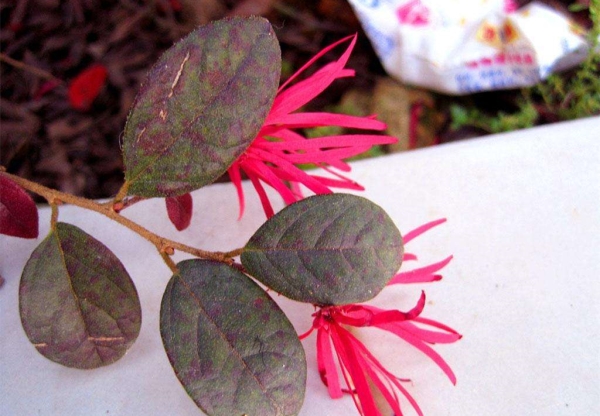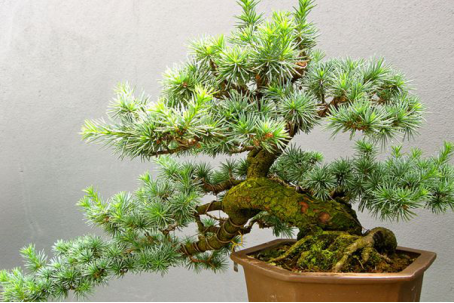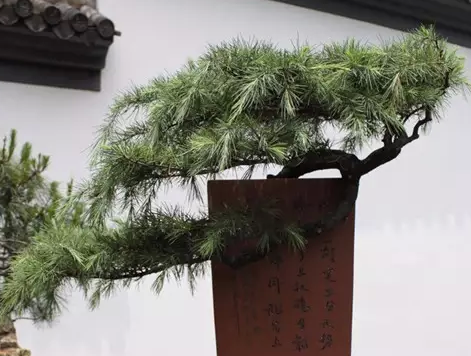Control methods of diseases of Carthamus tinctorius
Anthrax
If it is found that there are diseased leaves on the safflower tree, we should deal with them immediately, destroy the diseased leaves, prevent infection, improve drainage conditions, create a good ventilation environment, and carry out drug treatment.
Blight disease
We should change the soil of Carthamus tinctorius, plant it with new soil, disinfect the soil, dispose and destroy the diseased plant in time, and do not give it a chance to infect other plants and use drugs to treat it.

Mosaic disease
To control aphids, 5% diesel emulsion can be sprayed before germination to kill overwintering adults and eggs. Spray the medicine for the second time after falling flowers and the third time in October in autumn.
Control methods of anthracnose in Carthamus tinctorius
Because the old leaves, basal leaves and leaves are red, the disease spots show black round spots, or nearly round, resulting in early defoliation, serious damage in the rainy season from July to August, and the pathogen is actinomycetes. The pathogen overwintered with hyphae on diseased leaves, which was the initial source of disease in the following year.
Prevention and control methods:
1. Clear the diseased leaves, burn them centrally, and reduce the source of the disease.
2. Improve management, strengthen field drainage, properly prune, improve lighting and ventilation conditions.
3, drug treatment: spray 70% methyl topiramate 1000 times solution or 75% chlorothalonil 800Mel 1000 times solution; Dyson zinc 800Mel 1000 times solution has a good control effect, such as multiple spraying should be cross-used to prevent resistance.
Common diseases of Carthamus tinctorius and their control
Common diseases of Carthamus tinctorius
There are three common diseases of Carthamus tinctorius, which are anthracnose, blight and mosaic disease.
Anthrax
The main symptom of anthracnose of Carthamus tinctorius is that black spots appear on the leaves, because the flower color of Carthamus tinctorius is red, so the black spots are very conspicuous on the red leaves, and its main harm is that it will cause the phenomenon of falling leaves. The pathogen of anthrax is actinomycetes, mainly in May every year. It occurs in June, and the bacteria spend the winter on diseased leaves, thus causing disease the following year.
Blight disease
The blight is the most serious in the plant seedling stage, but this disease will accompany the plant for life, mainly in that the root of the plant harms the plant, dark disease spots will appear at the infection of the pathogen, and it will be flooded, and then cause the epidermis and xylem to peel off, resulting in the death of the plant.
Mosaic disease
Mosaic disease is a disease caused by a virus that causes white flowers in plant leaves.
Prevention and control of diseases of Carthamus tinctorius
Once diseased leaves are found to be treated immediately, diseased leaves are destroyed to prevent re-infection, improve drainage conditions, give plants more sun exposure, create a good ventilation environment, and then drug treatment.
Blight disease
Plant with new soil, often change the soil, and disinfect the soil, dispose and destroy the diseased plant in time, do not give it a chance to infect other plants and use drugs to deal with it.
Mosaic disease
Pharmaceutical treatment.
- Prev

The method of making Cedar Bonsai
In making cedar bonsai, attention should be paid to the selection of pots, the use of soil and processing. Purple sand pottery or glazed pottery is suitable for making cedar. If the bonsai is larger, you can use a deep round basin, or chisel stone basin, but to use wire to fix the foundation to prevent loosening. The best choice of soil is loose soil and good drainage.
- Next

Matters needing attention in maintenance of cedar
1. Place in a sunny, ventilated and moist place. Summer high temperature can be properly shaded, winter is more hardy, the area north of the Yangtze River should be moved to indoor overwintering. two。 Moisture has a certain degree of drought resistance, afraid of water stains. The basin soil should be kept moist and watered until the basin soil is dry and thoroughly watered.
Related
- Fuxing push coffee new agricultural production and marketing class: lack of small-scale processing plants
- Jujube rice field leisure farm deep ploughing Yilan for five years to create a space for organic food and play
- Nongyu Farm-A trial of organic papaya for brave women with advanced technology
- Four points for attention in the prevention and control of diseases and insect pests of edible fungi
- How to add nutrient solution to Edible Fungi
- Is there any good way to control edible fungus mites?
- Open Inoculation Technology of Edible Fungi
- Is there any clever way to use fertilizer for edible fungus in winter?
- What agents are used to kill the pathogens of edible fungi in the mushroom shed?
- Rapid drying of Edible Fungi

